Bepanthen® Baby Ointment has been clinically proven to manage nappy rash and delivers a 3 folds reduction in its occurrence*1-3
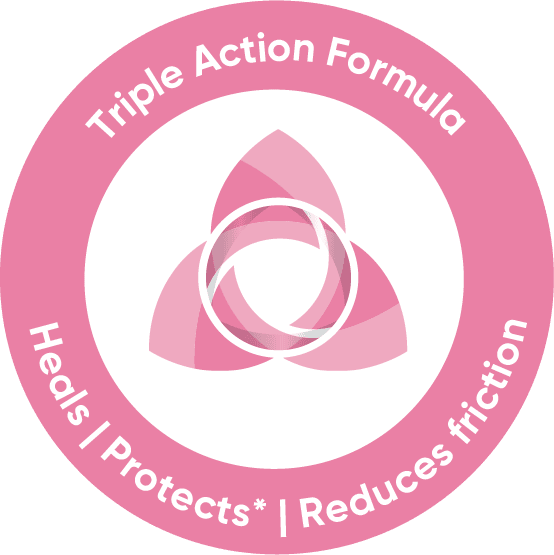
Helps restore the skin
- • Contains 5% Dexpanthenol (pro-vitamin B5) to support skin regeneration from the inside out.*1-3
Reduces occurrence
- • Forms a transparent layer that lets the skin breathe.4,5
- • Forms a protective barrier that flexes with skin movement.6
- • Provides superior protection against moisture and urine.7
- • Is easy to apply without causing further irritation.6
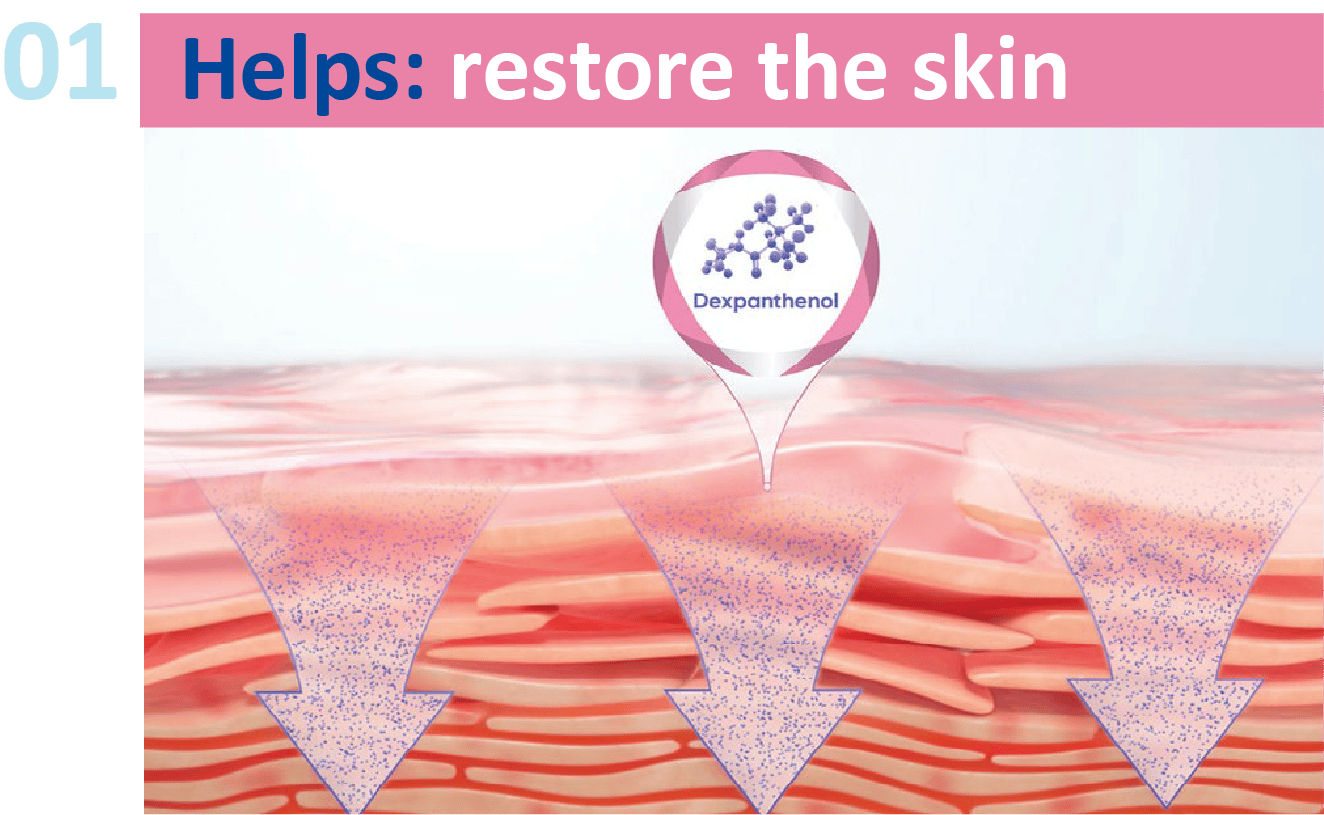
Contains 5% dexpanthenol (pro-vitamin B5), which supports skin regeneration from within.1-3
Dexpanthenol is rapidly absorbed into the deeper layers of the epidermis where it enhances natural cell renewal.1
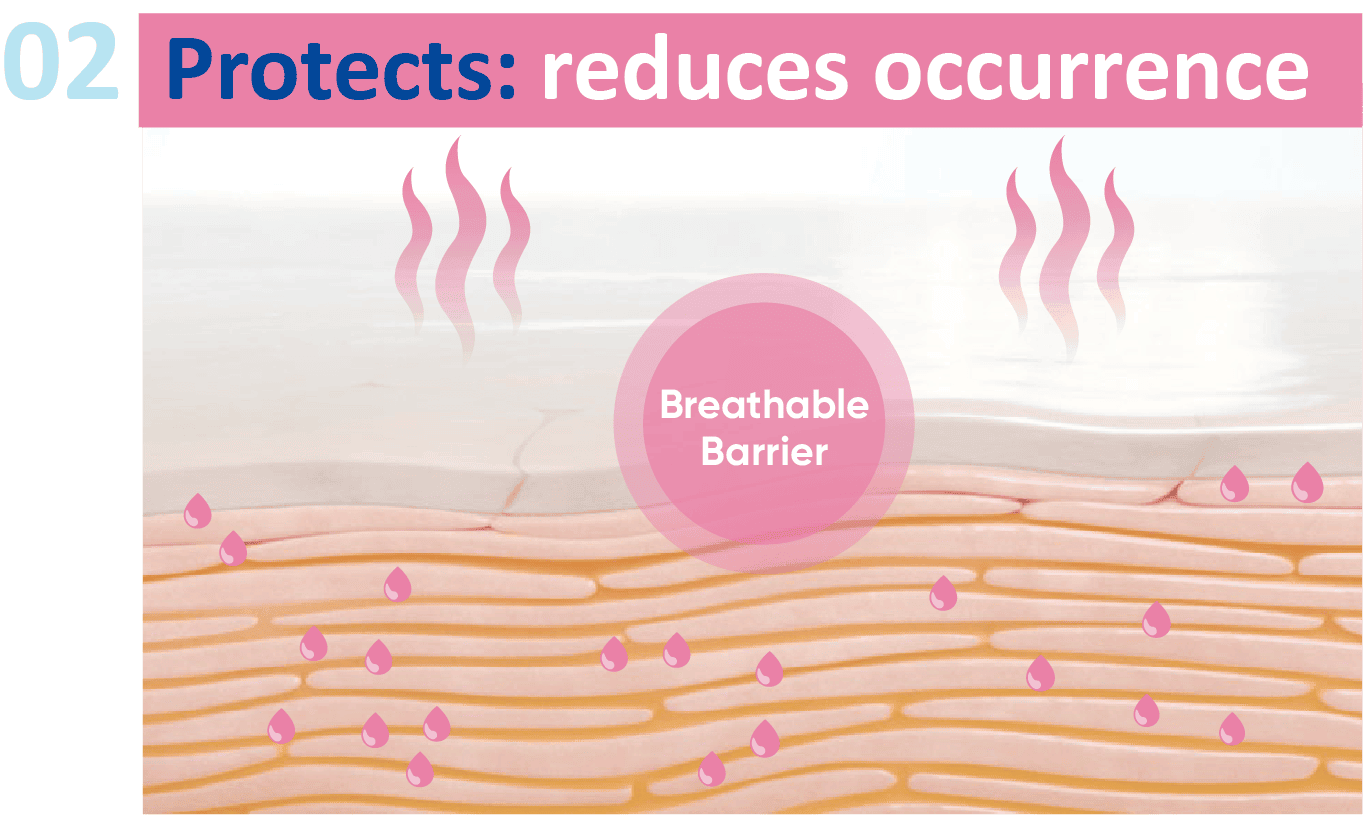
Forms an effective lipid barrier:1,8
- • Contains lanolin, which features many of the lipid groups present in the human stratum corneum.4,9
- • Provides a transparent, ‘breathable’ barrier that enables water exchange and promotes optimal moisture levels.*
Protects: reduces occurrence
Forms a protective and flexible barrier that lasts for up to 10 hours.6
- • Creates a strong, continuous protective layer that bends and flexes with baby’s movements without cracking or crumbling.6
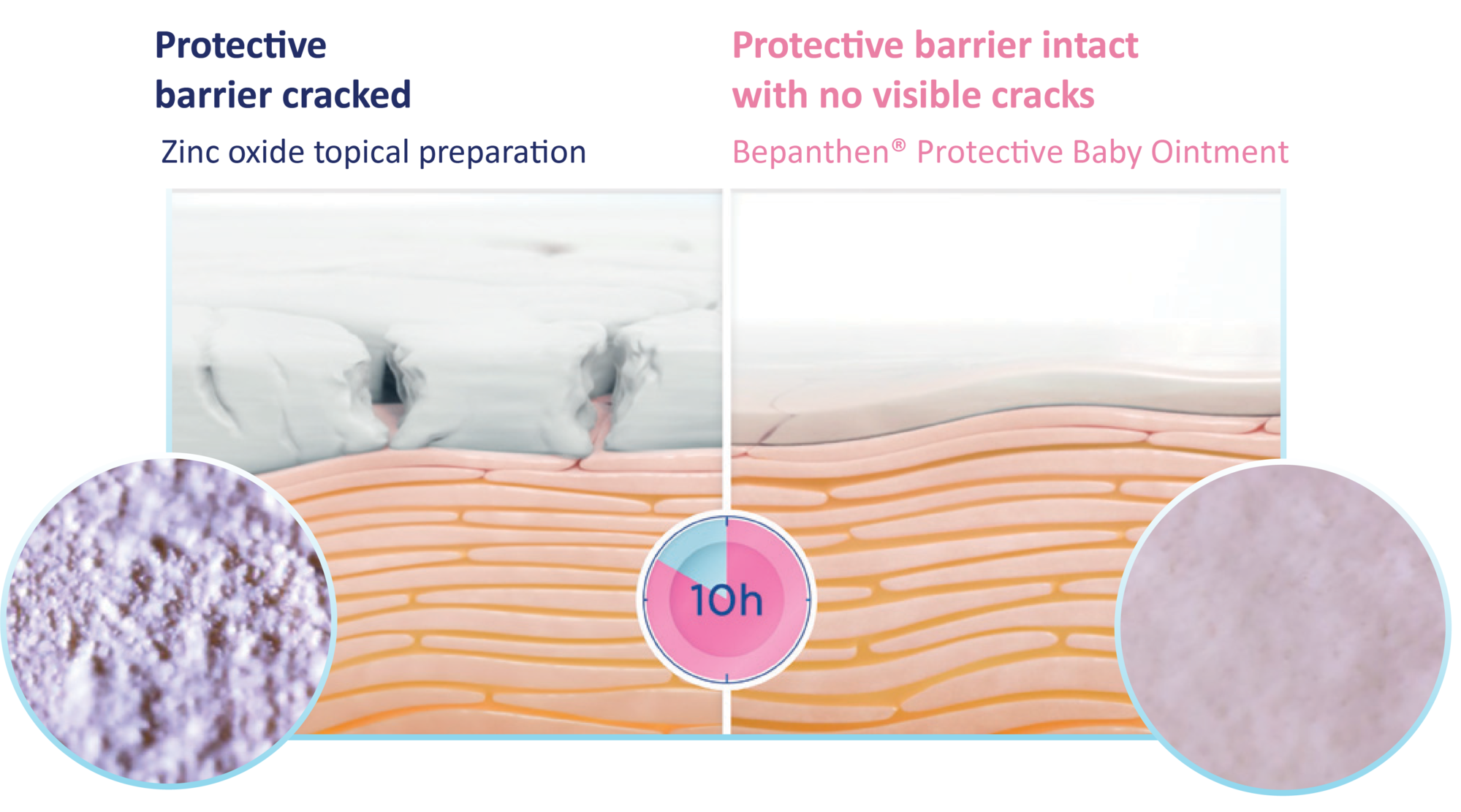
In an in-vitro study (n=10) comparing Bepanthen® Baby Ointment with a zinc oxide topical preparation, Bepanthen® remained intact for up to 10 hours after application to a bioskin plate and being subjected to two rounds of bending and flexing.
Decreases the harmful effects of urine by 67% and delivers better protection than a zinc oxide–based product.7
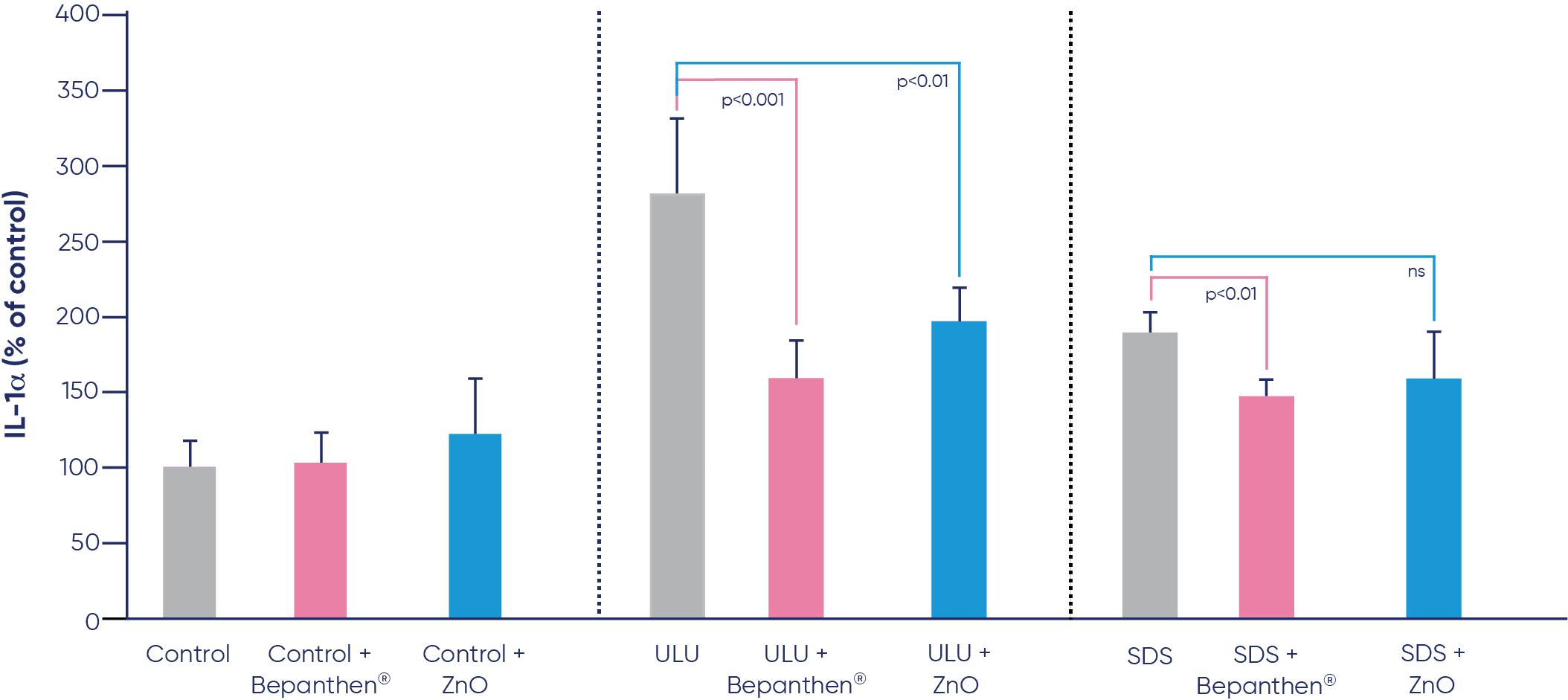
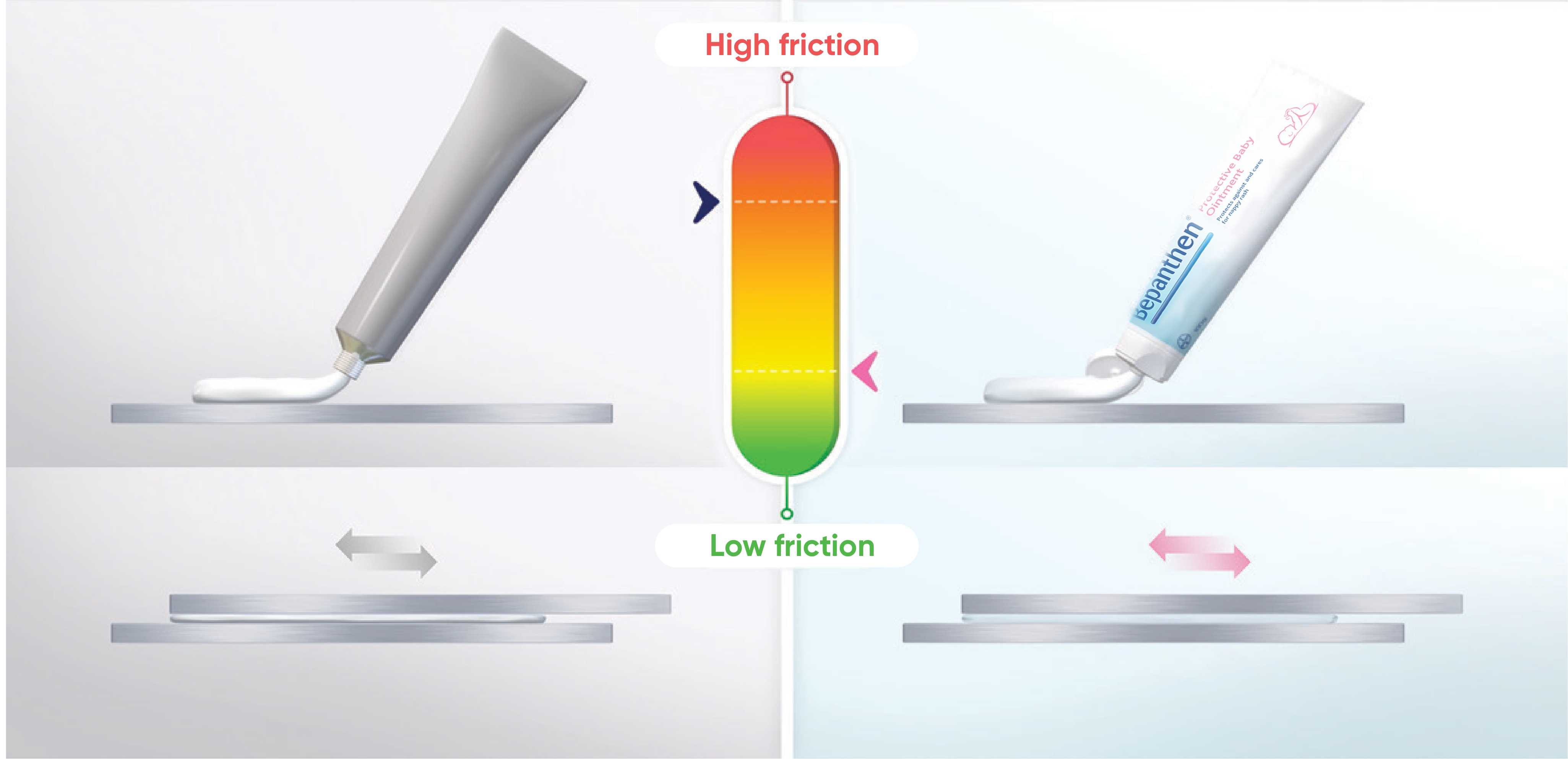
27%
friction reduction
compared to zinc oxide preparations,
making it easy to apply without causing further irritation.6
In-vitro tribology test (n=10 repetitions). Compared to two commercially available zinc oxide products.
*Shown in-vitro.
†Method: An ex-vivo model of healthy human skin was exposed to irritants ULU or SDS to mimic the irritative effects of urine and detergents on skin and then treated with Bepanthen®
or Sudocrem® or Hipoglos® Amendoas. Irritation was measured by release of IL-1α, a biomarker used to evaluate skin erythema.
IL-1α: interleukin-1 alpha.
References:
1.Proksch E et al. Topical use of dexpanthenol: a 70th anniversary article. J Dermatolog Treat 2017;28:766–773. 2.Putet G et al. Effect of Bepanthen® ointment on the prevention and treatment of diaper rash on premature and full-term babies. Réalités Pédiatriques 2001;63:33–38. 3. Putet G et al. Effect of Bepanthen® Ointment in the prevention of diaper rash on premature and full-term babies: Open pilot study. Réalités Pédiatriques 2000;52:21–28. 4. Atherton DJ. A review of the pathophysiology, prevention and treatment of irritant diaper dermatitis. Curr Med Res Opin 2004;20:645–649. 5. Rüther L, Voss W. Hydrogel or ointment? Comparison of five different galenics regarding tissue breathability and transepidermal water loss. Heliyon 2021;7(1):e06071. 6.Peltier E et al. Two in-vitro studies comparing the friction lowering and protective properties of diaper care products. EADV: Vienna, Austria, 2020. Abstract, e-poster: P1136. 7.Peltier E et al. New insights in the skin protective activity of a dexpanthenol containing formula (Bepanthen®) in a diaper rash-like model. J Cosmet Dermatol Sci Appl 2020;10:76-84. 8.Atherton DJ et al. Irritant
diaper dermatitis: Best practice management.
SelfCare 2015;6(S1):1–11. 9.Atherton D, Milis K. What can be done to keep babies’ skin healthy? RCM Midwives 2004;7:288–290.
